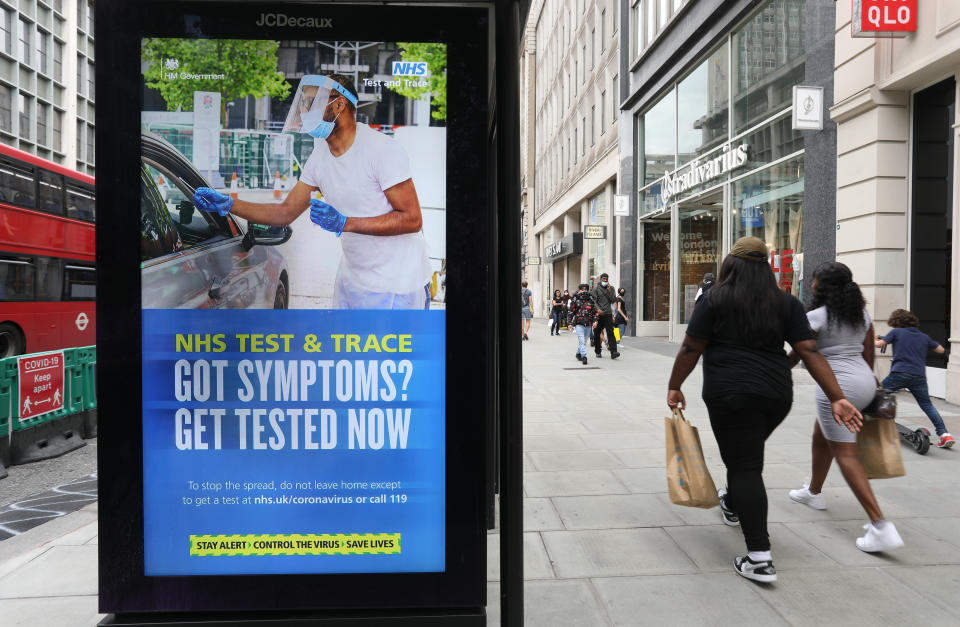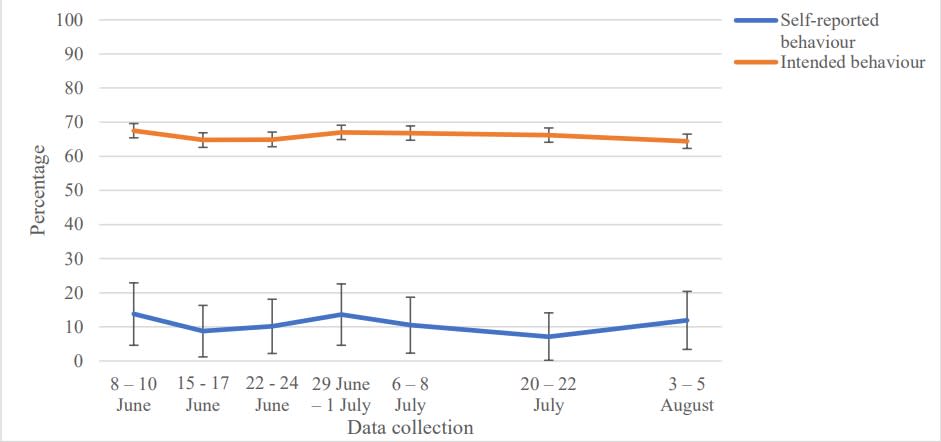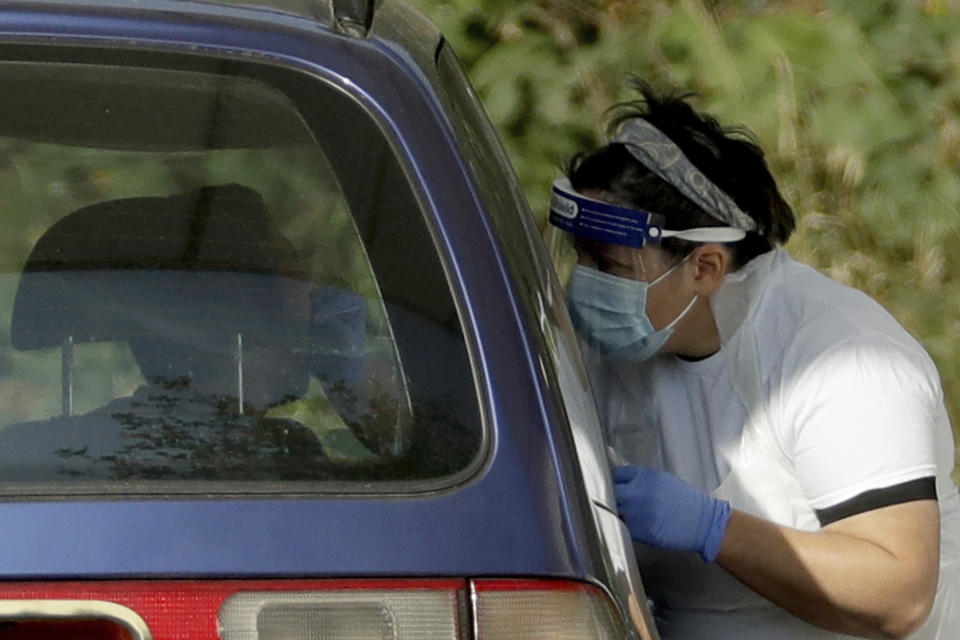Coronavirus: Only 11% of people self isolate for full 14 days after being told to do so by the NHS, study finds


Only 11% of people self-isolated for the full 14 days after being told to do so by NHS test and trace, a study has found.
Of those who had been contacted by NHS contact tracing services and told they had been near someone who had COVID-19, just 11% said they did not leave the house at all in the following 14 days.
The study, which has not been peer-reviewed, was carried out by several top behavioural scientists in the UK, including Susan Michie, a participant of the Scientific Advisory Group for Emergencies (SAGE) as well as the Independent SAGE group.
The data used in the survey was collected between early March to the start of August and had over 31,000 participants from across the UK.
Read more: Coronavirus cases nearly double in a week to 6,634

Read more: UK government unveils 'Winter Economy Plan' to protect jobs and firms
Researchers found 65% of respondents said they intended to self-isolate for the full 14 days if it came down to it. But when they were actually told to self-isolate that was when only 11% adhered to the rules.
On Monday it will be illegal in England to not enter self-isolation after being told to do so by a staff member of NHS test and trace, with the threat of a £10,000 fine.
The study found the only factor strongly associated with non-adherence to self-isolation was having a dependent child in the household.
Men and younger people were less likely to adhere to steps along the test, trace and isolate pathway.

The authors of the study also said: “Working in a key sector was associated with not self-isolating.
“This may be because key workers have a greater financial need or feel a greater social pressure to attend work and are less likely to be able to work from home.”
The numbers were slightly better for those who said they self-isolated due to developing COVID-19 symptoms with 18% saying they did not leave the house for 14 days.
Intention to self-isolate if they developed symptoms was also higher at 70%.
The most common reasons for breaking self-isolation was to go to the shop or pharmacy, or because one symptom went away.
The study also found there was a general lack of understanding about the virus and the guidelines from the government.
They found only 46% of participants were able to identify key symptoms of COVID-19.

The study found most people (76%) would share the details of their close contacts with the NHS if they tested positive for coronavirus.
The most common reason for not wanting to share the details of close contacts with the NHS was because they did not believe the information would be secure and confidential.
They also found only 12% of people who said they had COVID-19 symptoms sought a test, even though just under half the respondents said they would if they were in that situation.
The authors said: “In order for the test, trace and isolate system in the UK to succeed, people must recognise the key symptoms of COVID-19, self-isolate, request a test, share details of their close contacts and quarantine if contacted.”
The government has struggled to keep its test and trace system working, with massive backlogs in the numbers of tests that need processing causing chaos.
Figures released today found just 1.8% of people in England who used a home test kit for COVID-19 received their result within 24 hours in the week to September 16.
This is a drop from 1.9% the previous week and the lowest percentage since Test and Trace was launched at the end of May.
Read more: Over 100,000 people a day got coronavirus in the UK at peak of pandemic in April
Some 11.3% of people received the result of a home test within 48 hours, up from 9.3% during the week ending September 9.
Some 28.2% of people who were tested for COVID-19 in England in the week ending September 16 at a regional site received their result within 24 hours.
This is down from 33.3% in the previous week and 66.5% in the week ending September 2.
The figures also showed the median distance to testing sites for COVID-19 tests booked at regional locations has increased to 9.0 miles and to 7.7 miles for mobile testing units in the week ending September 16.
The problems with the government’s test and trace system could also impact their latest tactic to fight the virus - their long-awaited app.
The app launched today after months of delays and features a Bluetooth form of contact tracing which informs you if you’ve been near a person who has tested positive for the virus and also has the app on their phone.
Coronavirus: what happened today
Click here to sign up to the latest news and information with our daily Catch-up newsletter

 Yahoo News
Yahoo News 